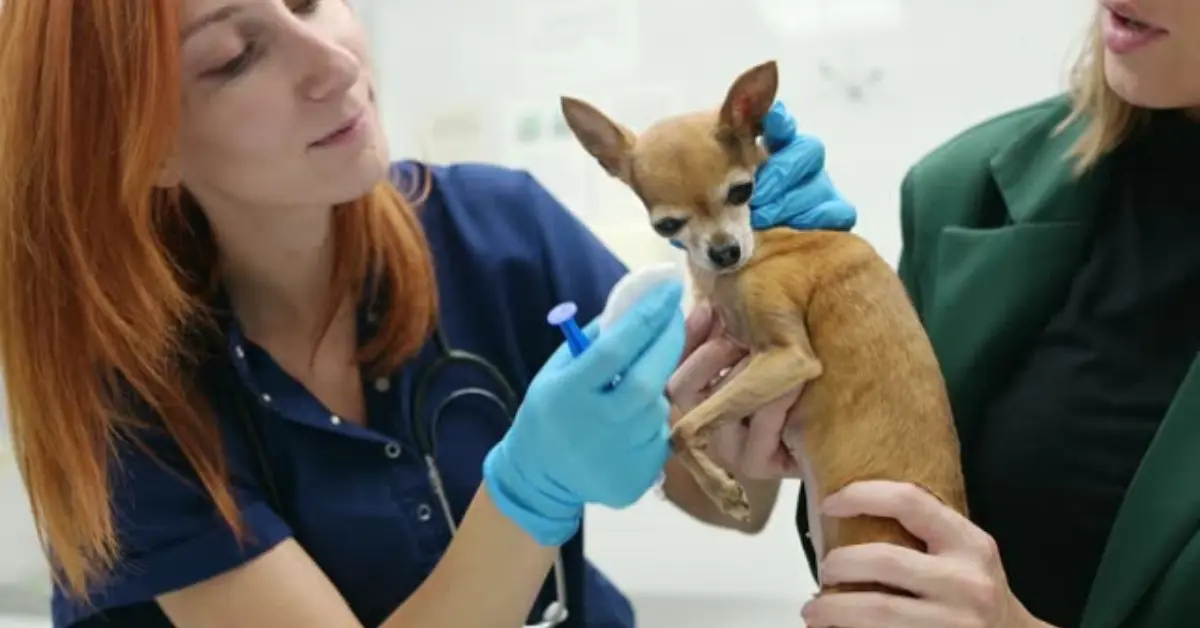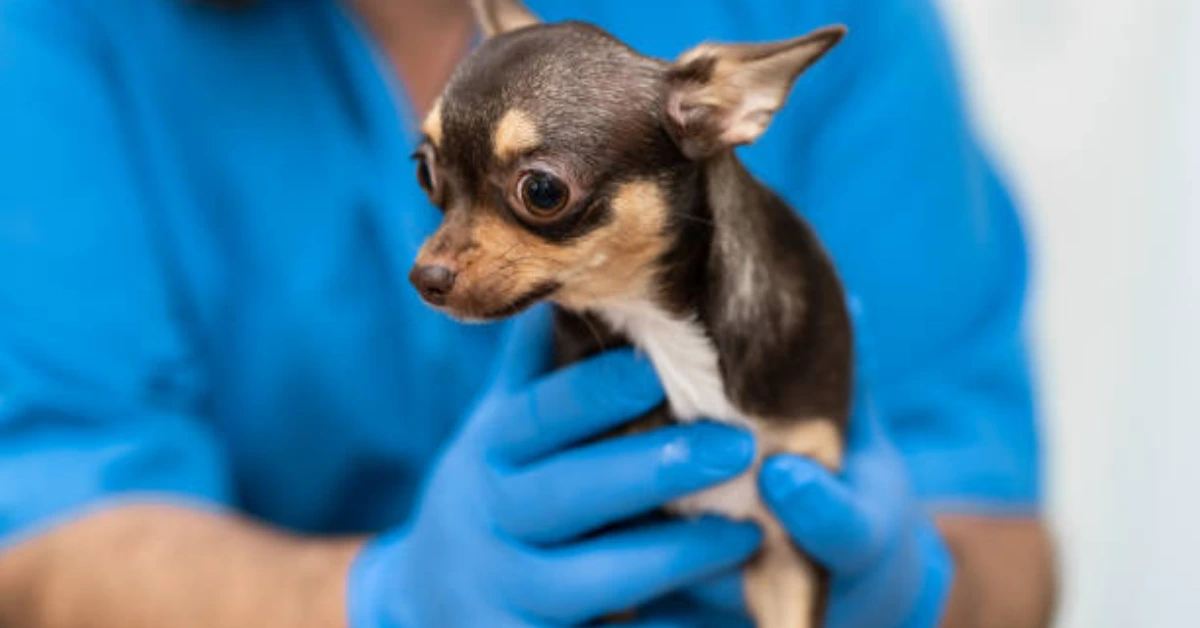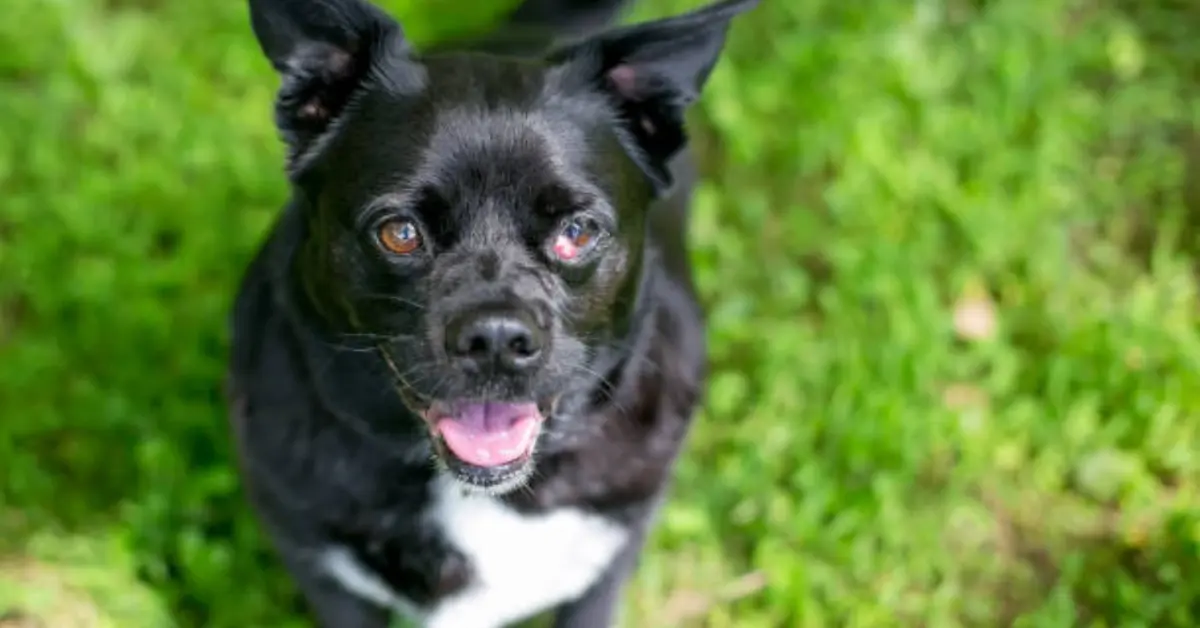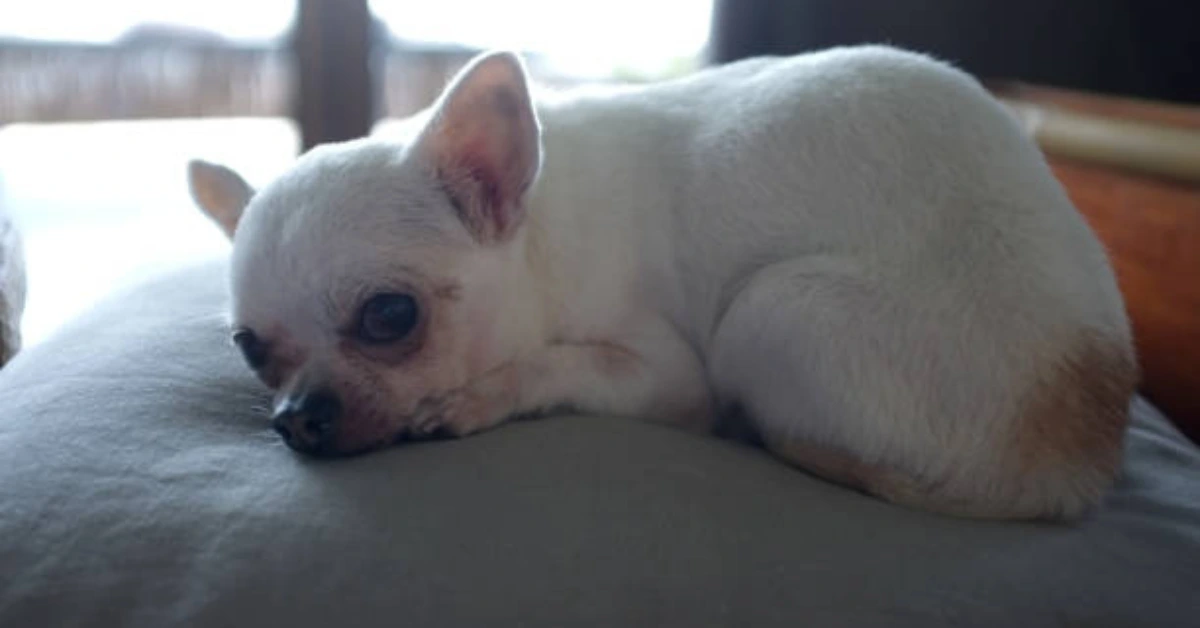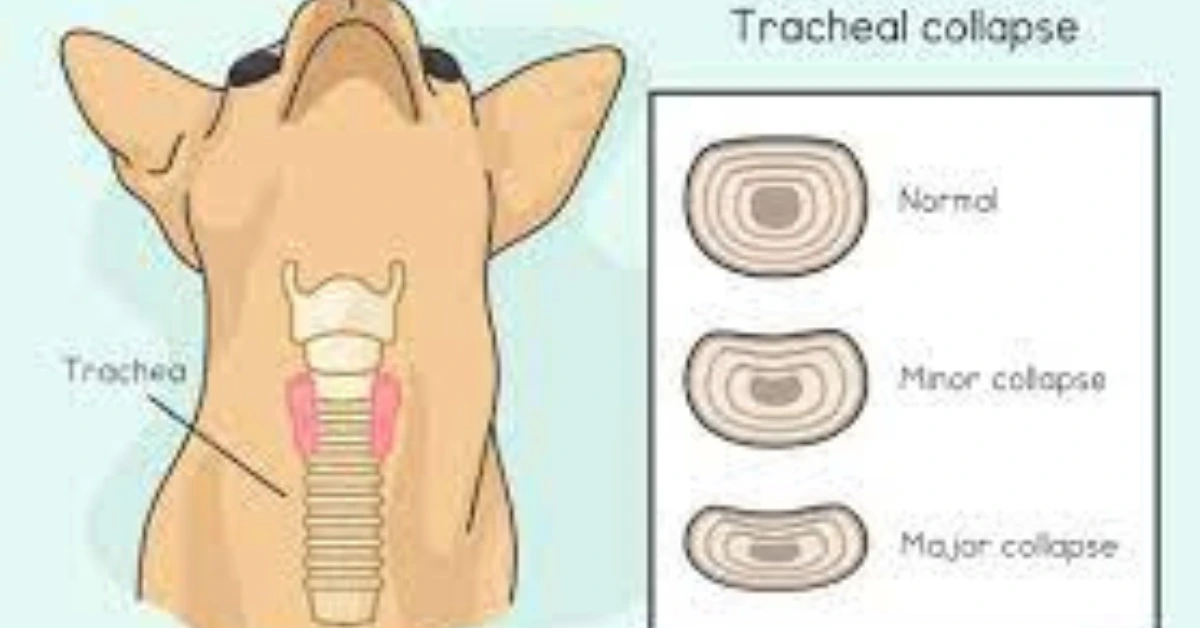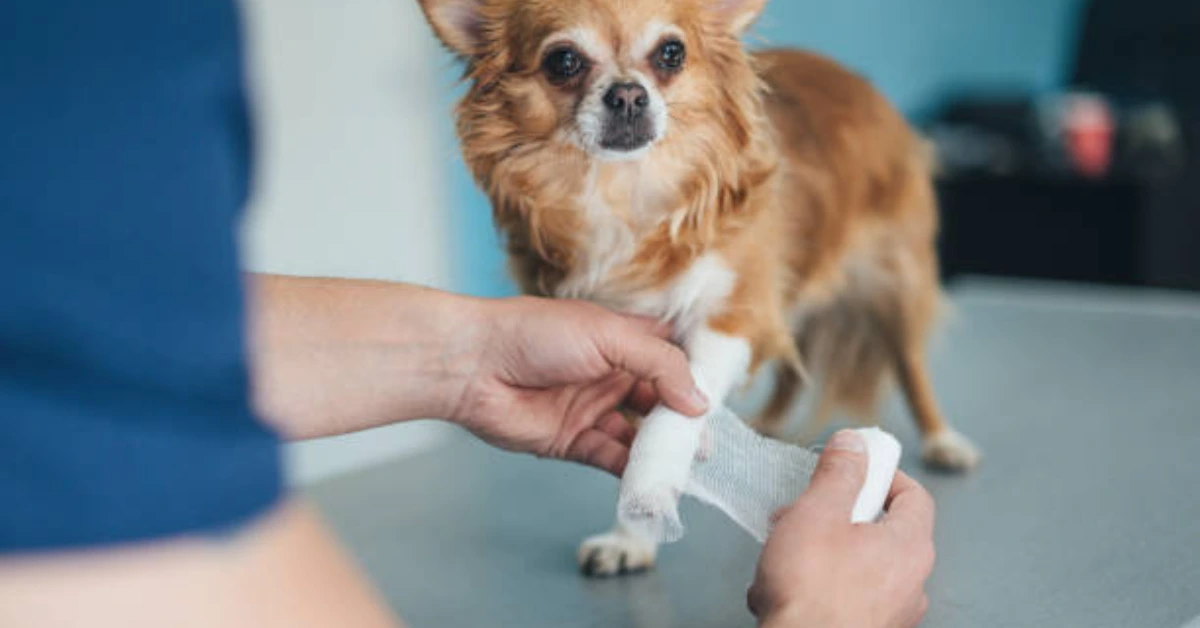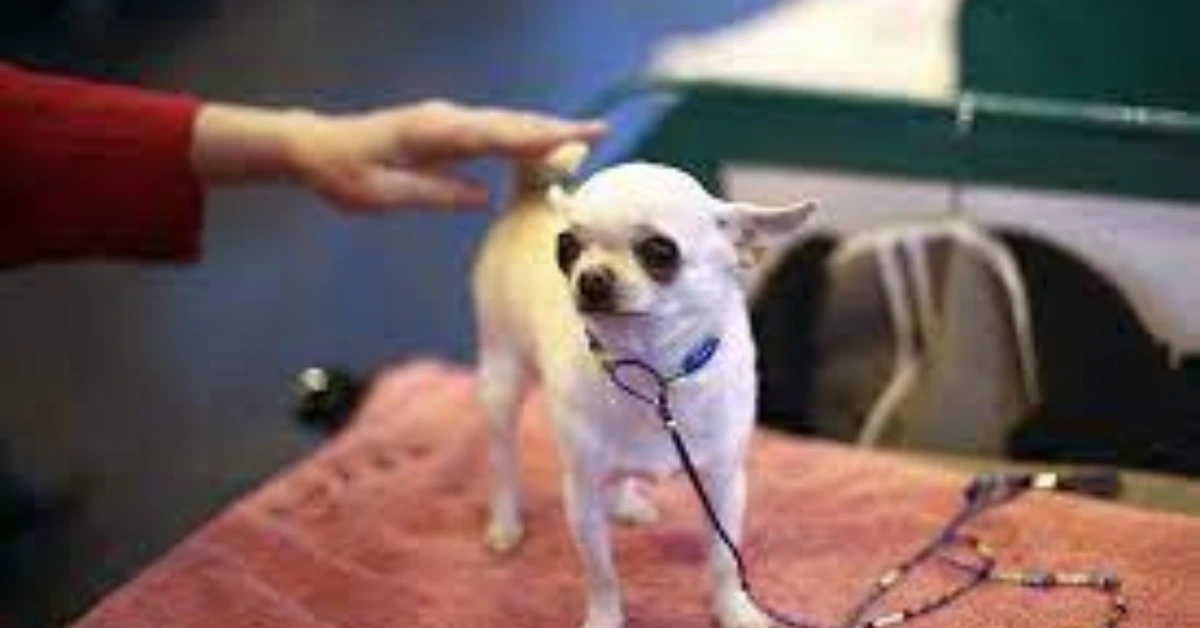If you own a Chihuahua and find that it has cloudy eyes or cataracts, you may be worried. This can make it hard for your Chihuahua to see, which could make them feel more anxious as they try to get around.
There are ways to treat and maybe even stop cataracts from happening, so if your Chihuahua has cloudy eyes, please keep reading for information on how to avoid and treat cataracts.
The Definition Of Cataracts In Chihuahuas
As your Chihuahua gets older, a cloudy film may start to form over his eyes. This is a common sign of cataracts, which can happen in both people and animals.
Advertisement
Cataracts happen when proteins in the eye start to stick together and form a cloudy substance that blocks light from getting through.
This cloud can get bigger over time and cover the whole lens, making it hard for your Chihuahua to see.
As your Chihuahua gets older, it’s important to keep an eye on their eyesight. Cataracts can come on suddenly and without warning, leaving your Chi totally blind.
If you think your Chihuahua might be getting cataracts, you should talk to a vet as soon as you can.
The Causes Of Cataracts In Chihuahuas
Cataracts are a health problem in Chihuahuas that are often caused by genes or as a side effect of diabetes mellitus.
There are other reasons, but they happen much less often:
- Getting old
- Eye-related trauma
- Uveitis is an inflammation of the uvea of the eye.
- Hypocalcemia or hyperparathyroidism can lead to low calcium levels in the blood.
- Lack of proper nutrition. Puppy cataracts may be caused by a lack of important amino acids like tryptophan in commercial milk-replacer products. When trying to understand this problem, people often forget about nutritional deficits.
- Exposure to UV Light
Diabetes-related cataracts are becoming more prevalent in Chihuahuas. Sugar accumulation in the lens of the eye due to high blood sugar levels accelerates the development of cataracts and increases the risk of ruptures.
But you can slow down the process by changing what your Chihuahua eats and how much insulin it gets. Still, surgery may still be needed in serious cases.
The Symptoms Of Cataracts In Chihuahuas
In the early stages, there aren’t many signs of cataracts. One of the most obvious signs is that the eye looks different. The pupil is usually clear, but cataracts make it look cloudy and dark blue.
The pupil may also look cracked or not even. As Chihuahua gets older, these changes could also be caused by nuclear sclerosis or cataracts. However, a veterinary ophthalmologist is the only one who can make a clear diagnosis and give advice on what to do.
When a Chihuahua has cataracts, it loses its sight and shows a number of other symptoms:
- Your Chihuahua seems to be awkward.
- It’s hard for your Chihuahua to find his bowls of food and water.
- The Chihuahua is nervous on the stairs.
- Your Chihuahua is barking at all objects.
- The dog has a teary eye or a change in the way she blinks.
As your Chihuahua ages, pay attention to any changes in how they act and how their eyes look. These signs could mean that you have cataracts or other eye problems. In the early stages of cataracts, there aren’t many signs, so it’s easy to miss them.
The Diagnosis Of This Condition
A Chihuahua’s eyes are easy to check for cataracts, but only a veterinary ophthalmologist can give an exact diagnosis. To do this, they may give you a physical test to see how well your dog can walk, how well he can focus, and if there are any changes to the outside of your chihuahua’s eyes that could be dangerous, such as foreign objects.
There may be more tests that need to be done, such as:
- A test of eye pressure
- Checking the inside of the eye lens
- Test of the whole blood count
- The electroretinogram
- Ultrasounds of the eyes
The Treatment Of Cataracts
Surgery is often the best way to treat cataracts in Chihuahuas, but it’s not always possible. If your Chihuahua already has eye problems, they may not be able to get the surgery.
It’s important to find cataracts early, so make sure your Chihuahua has health checks twice a year. If surgery is a choice, it is best to do it as soon as possible to get the best results.
Usually, you drop off your Chihuahua at the vet the day before or the morning of the surgery.
If your Chihuahua has diabetes, he or she needs extra care. Before surgery, your vet will give you clear instructions on how to feed and care for your pet. For the operation to go well, you must follow their directions.
Tests before surgery
Before the surgery, your Chihuahua will be put to sleep and given a scan to check for a retinal detachment or a torn lens.
An electroretinogram will also make sure that the retina is working right. During these tests, if problems come up that were not expected, your Chihuahua might not be a good choice for cataract surgery.
Surgical Procedure
When a Chihuahua needs cataract surgery, the procedure is done with a general anesthetic and a muscle relaxant to make sure the eye is in the right place.
The process is called phacoemulsification. Ultrasound is used to break up the cloudy lens and remove it from the eye. Then, to help the patient see better, an artificial lens implant (IOL) is put in. This is the same way that eye surgery is done on people.
After Surgery
The veterinarian may advise an overnight stay for observation following your Chihuahua’s cataract operation. After that, you’ll need to take good care of yourself at home, like putting eye drops in your chihuahua’s eyes several times a day.
The Consequences of Untreated Cataracts In Chihuahuas
When a Chihuahua has cataracts, it’s important not to ignore the problem. Cataracts can get worse and make your Chihuahua blind if you don’t treat them. As the cataract gets worse, it can lead to glaucoma or lens luxation, which can damage your Chihuahua’s eye in a way that can’t be fixed.
Even though not all cataracts cause blindness, it’s still important to talk to your vet about the best way to treat your Chihuahua’s cataracts so that he/she can keep seeing. Keep in mind that early diagnosis and treatment can save your Chihuahua’s sight and make their life much better.
The Prevention Of This Disease
Even though most Chihuahuas will get cataracts, there are things you can do to protect their eyesight if they have a disease like diabetes. Here’s what you can do to keep them from losing sight:
Check your Chihuahua’s eyes often.
- If your Chihuahua has cloudy or bluish-gray eyes, you should take him/her to the vet.
- If your Chihuahua’s eyes look cloudy or bluish-gray, you need to get them to the vet right away.
- Find out as much as you can about the health of his/her parents.
- Find out if your Chihuahua has a disease that could cause cataracts, like diabetes or an eye injury. Keep an eye out.
YOU MAY ALSO LIKE:
10 Most Common Chihuahua Health Issues
Advertisement

